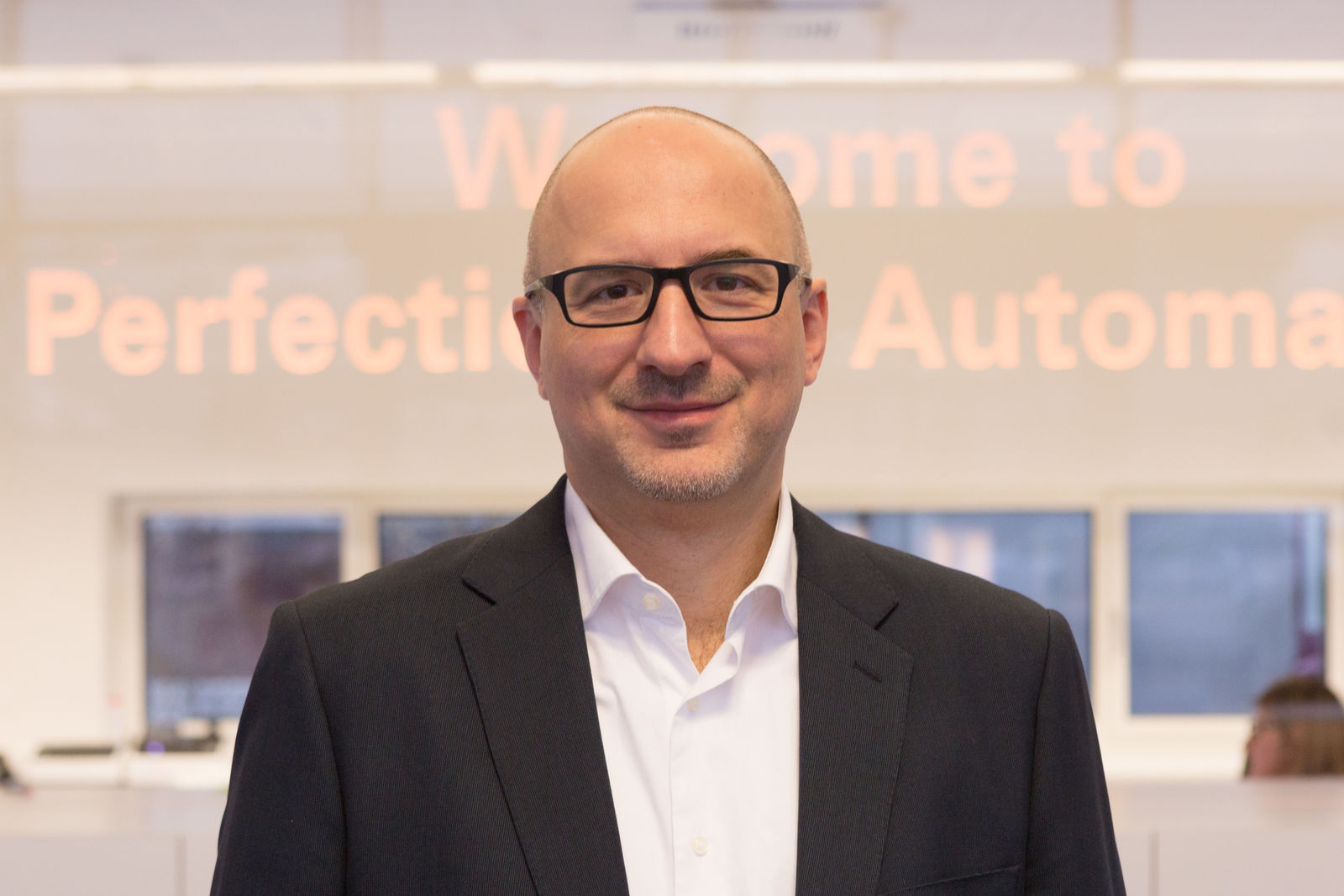for adaptive manufacturing specialist Wlady Martino

Wlady, B&R makes a compelling case that adaptivity is the answer to today's biggest manufacturing challenges. Is it safe to say that an adaptive manufacturing solution is always the right choice?
No, that's not quite true. If you're optimized for pumping out large quantities of identical items day after day, then you've got little to gain from adaptability. But, as you start producing more and more batches on the same line, you reach a threshold where the investment in an adaptive solution starts to really pay off in terms of time saved on changeover and cleaning, and in terms of personnel and training.
And there's even another threshold – where an adaptive solution becomes not just beneficial, but essential. If you've got customers personalizing their items on e-commerce platforms. If you want to catch the wave of new trends and get new products to market while demand is hot. If you want to do more than just switch from batch to batch, and actually run mixed batches simultaneously on the same line. In these cases, there's no question: adaptive manufacturing is always the right choice.
One of the keys to adaptivity has been to equip the line with a track system like SuperTrak or ACOPOStrak. We've recently witnessed the launch of the new ACOPOS 6D. How does that fit into the equation?
That's right, adaptive manufacturing solutions emerge from a synergy of digital twin simulation, machine vision, robotics and – very importantly – adaptive product transport.
There are two ways that ACOPOS 6D fits into that picture. First, it complements the track systems by opening up new ways to do adaptive product transport in specific environments. The complete lack of friction, wear and contamination makes it perfect for food and pharma applications, for example. And in cleanrooms – where floorspace is especially valuable – the footprint savings alone can be really dramatic.
The other big contribution from ACOPOS 6D is that the shuttles can move each product with six degrees of freedom. That allows them to take on a variety of roles at processing stations that would otherwise require more complex hardware. At a bottle filling station, for example, instead of a SCARA robot you can use a Cartesian one. You save on hardware and maintenance and have a more flexible station that takes up less space on the line. And the shuttles' innate ability to rotate or weigh products means those tasks can be done on-the-fly while in transit – completely eliminating the need for dedicated stations.
More than that though, ACOPOS 6D inspires a whole new way of thinking about the manufacturing line itself. Where track technology makes individual processing steps adaptive, ACOPOS 6D makes the sequence of steps itself adaptive. The production line becomes an open processing space, where shuttles move around to points in a matrix like a swarm of AGVs.
With stores closed and people stuck at home for much of the past year, we've witnessed a global boom in e-commerce. What kind of lasting effects will that have on the CPG industry?
While the explosive growth will level off, the pandemic has been a catalyst for trends that were already in motion – and there will be no going back. Consumer expectations in terms of convenience and delivery speed have shifted, and producers will have to adapt to meet them.
New channels mean new challenges. Implementing direct-to-consumer models means flexibility-adding processes that used to occur in distribution centers now have to be integrated right on the production floor. Companies who used to produce large homogeneous batches and do repackaging externally will need to start running mixed batches and have rainbow packs coming straight off the line.
Already, nearly half of CPG companies surveyed1 are considering a dedicated line just for e-commerce orders. To those companies I would say: partnership with B&R gives you the full range of technology to make those lines adaptive – and a global network of experts ready to help make your project a success.
1Source: www.pmmi.org/report/secondary-packaging-trends-retail-e-commerce-direct-consumer